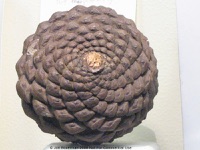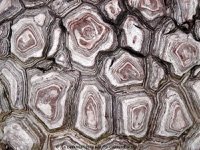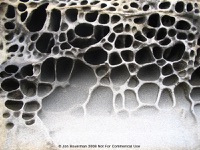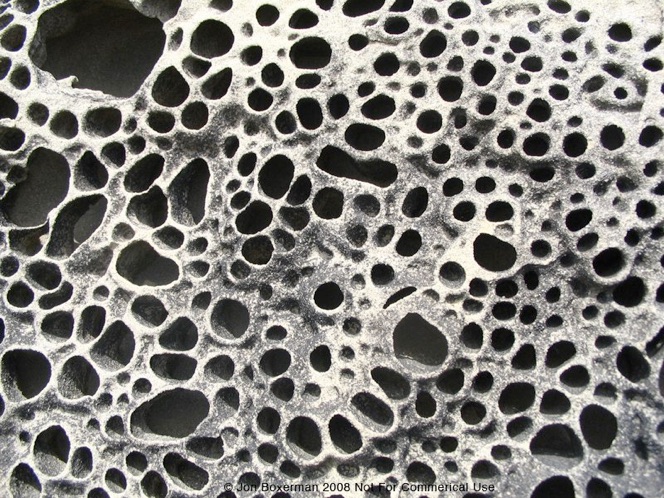Evolution
In the organic and inorganic realms of the natural world, a delicate balance exists between energy conservation, space, and time. Unifying themes among patterns appear in a plethora of different contexts in nature. Peter Stevens (1974) describes recurring spatial themes in the natural world such as spiraling, branching, cracking, bursting, and packing patterns. Since natural systems and living beings tend to expend minimal amounts of energy to maximize motion, they tend to conform to utilize 3 D space as efficiently as possible. In so doing, similar forms repeat. It is within these unifying themes in nature, wherein lies a bounty of beauty and intrigue.



At maturity, tafoni may be generalized with the following description: cavernous weathering hollows with characteristic circular or elliptical openings and relatively deep, concave, hemispherical or ellipsoidal interiors. During evolution of the rock weathering pattern, new forms emerge including relatively shallow ellipsoidal hollows with thin walls, cavities with angular wall intersections, and cavern wall vestiges appearing as labyrinthine tendrils. Some researchers note additional forms associated with the tafoni pattern such as: convex walls, overhanging visors, and smooth, gently sloping floors. Many geologists also describe tafoni enlarging in an upward and backward direction.

How Do Tafoni Change over Time?